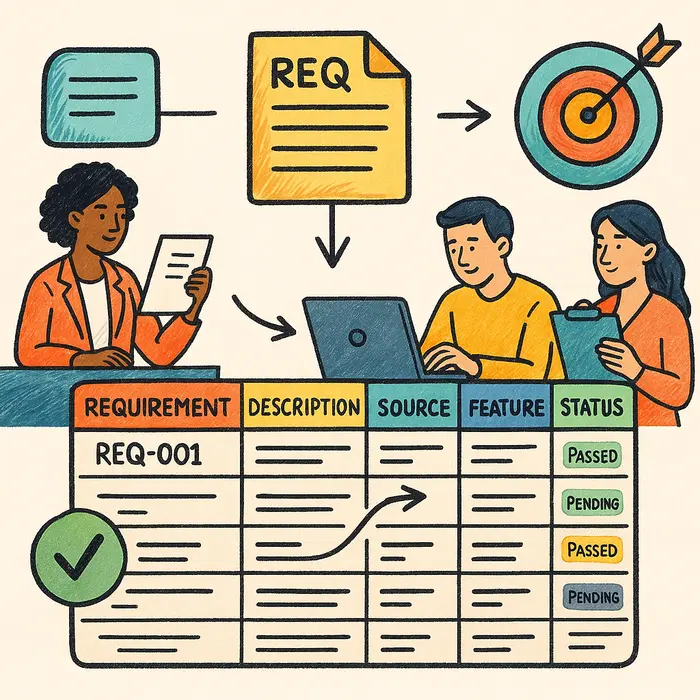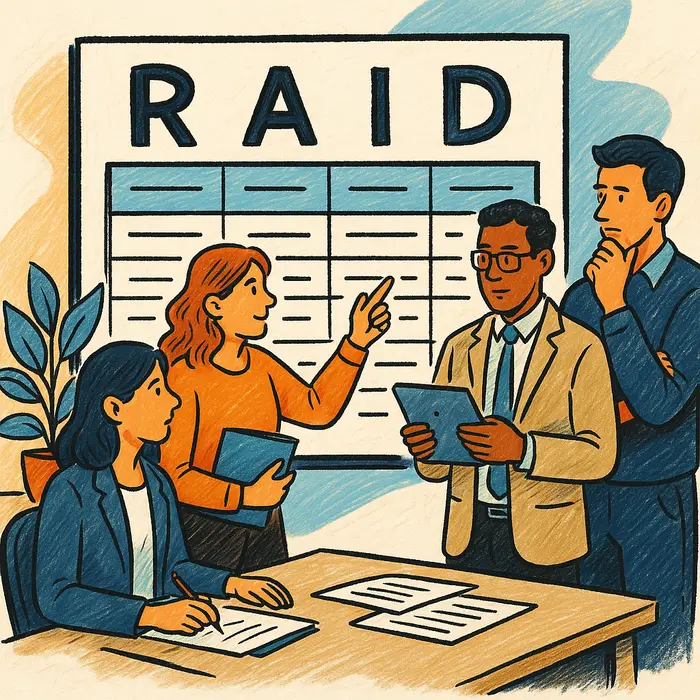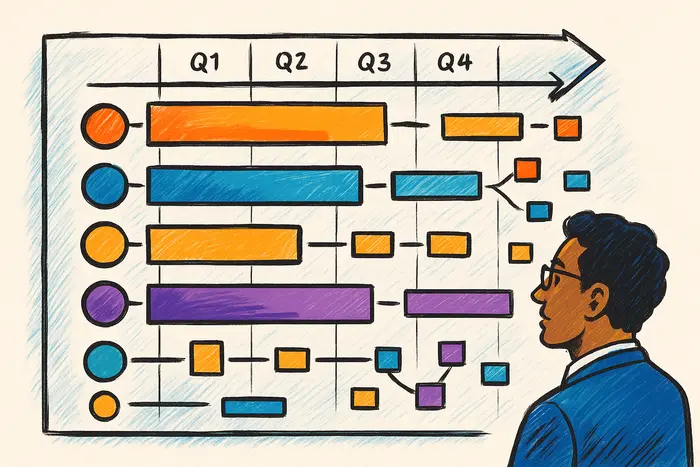How to Kick Off a Project with Confidence

The start of a project sets the tone for everything that follows. A strong kickoff isn’t just a formality—it’s your chance to align the team, clarify goals, and build momentum. Here’s how to run a project kickoff that builds confidence and keeps everyone moving in the same direction. Why Kickoffs Matter A well-run kickoff:






